When cooked, all types of fish should break into thin flakes with a fork. Fish have layers of muscle fibers, unlike other meats which have bundles of fibers. These layers have connective fibers known as collagen holding the layers together and attached to the bone. Flaking occurs when cooking causes the collagen separating the layers of muscle fibers to soften and the muscle fibers themselves become firm. This allows the layers to separate into toothsome flakes, according to "The Science of Good Food." Canned salmon will flake for use in recipes, if properly handled, as the canning process has already cooked the fish twice, once before canning and a second steaming after sealing the cans. Use canned salmon in any recipe requiring flaked salmon.
Empty the contents of the can of salmon onto a plate.
Pull the bones and skin from the fish, if desired. These are edible and add to the calcium content of the fish.
Break the salmon with the side of a fork to separate it into the muscle fiber layers. This is the flaking process.
Add the flaked salmon to your favorite recipe.
Related Articles
How to Cook Ladyfish

How to Steam Codfish

How to Cook Salmon Fillets on the Stove ...
How to Cook Salmon to Moist & Tender ...
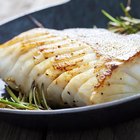
How Do I Pan Fry Fresh Fish With a ...

How to Bake Lingcod
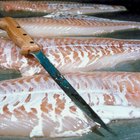
How to Grill a Cod Fish
How to Cook Atlantic Cod Fillets

How to Cook Filet of Branzino
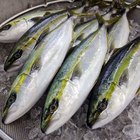
The Best Way to Smoke Yellowtail
How to Cook Grouper in the Oven

How to Cook Grunt Fish

How to Cook a Bullhead Fish
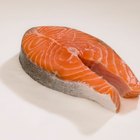
How to BBQ Salmon Fillets

How to Cook Salmon in Pineapple Juice
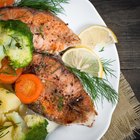
How to Cook a Salmon Steak in the Oven

How Long Does It Take for Asparagus to ...
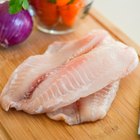
How to Prepare Teriyaki Tilapia
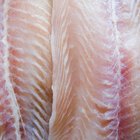
How to Fillet a Black Cod Fish

How to Cook Rockfish in the Oven
References
- "The Science of Good Food"; David Joachim and Andrew Schloss; 2008